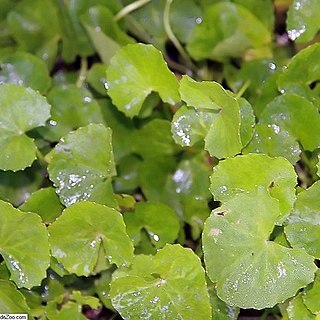Plants 50–85 cm, perennial. Root stout, elongate, brown, woody, usually branched. Stem solitary or several, dichotomously much-branched above, base without fibrous remnant sheaths. Basal leaves oblanceolate or narrow-elliptic, 4–7 × 0.6–0.8 cm, base tapering into petioles, apex acuminate. Middle leaves broadly linear-lanceolate, 4–12 × 0.6–1.8(–3) cm, 7–9-nerved, abaxially glaucous, apex apiculate. Apical leaves small. Umbels numerous, 2–6 cm across; peduncles slender, greatly spreading forming a large loose panicle; bracts 0 or 2–3, linear, 1–5 × 0.5–1 mm, 3-nerved; rays 3–8, very slender, 1–3 cm, unequal; bracteoles 5, lanceolate, 3–3.5 × 0.6–1 mm, shorter than flowers; umbellules 4–6 mm across, 5–10-flowered. Petal bright yellow. Stylopodium low-conic, discoid, dark yellow. Fruit oblong, brown, ca. 3 × 2 mm; ribs prominent, narrowly winged, wings pale brown; vittae 3(–4) in each furrow, 4 on commissure. Fl. and fr. Sep–Oct. n = 6*.
More
A herb. It grows 5-85 cm tall. It keeps growing from year to year. The roots are stout and brown and become woody. The stems are single or can be divided above. The leaves at the base are narrowly oval and 4-7 cm long by 1-2 cm wide. They are bluish-grey underneath. The leaves in the middle of the stem are larger and the ones at the top are small.
Grassy areas on hills and mountain slopes in Korea. Grasslands, stream banks, sunny slopes and roadsides; at elevations from 100-2,700 metres.
More
It is a temperate plant. It grows in sunny slopes and along the banks of streams between 100-2,700 m above sea level in north China.

